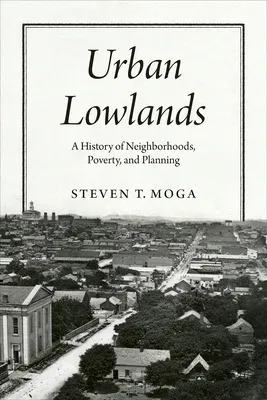Steven T Moga
(Author)Urban Lowlands: A History of Neighborhoods, Poverty, and PlanningHardcover, 21 September 2020

Qty
1
Turbo
Ships in 2 - 3 days
In Stock
Free Delivery
Cash on Delivery
15 Days
Free Returns
Secure Checkout

Part of Series
Historical Studies of Urban America
Print Length
240 pages
Language
English
Publisher
University of Chicago Press
Date Published
21 Sep 2020
ISBN-10
022671053X
ISBN-13
9780226710532
Description
Product Details
Author:
Book Format:
Hardcover
Country of Origin:
US
Date Published:
21 September 2020
Dimensions:
23.11 x
15.49 x
2.03 cm
ISBN-10:
022671053X
ISBN-13:
9780226710532
Language:
English
Pages:
240
Publisher:
Weight:
453.59 gm